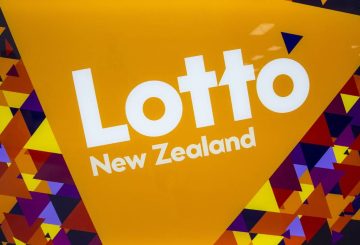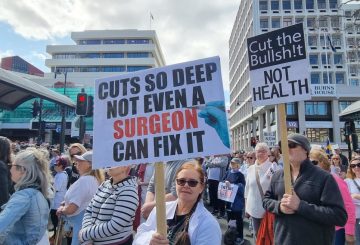几周前,RNZ和TVNZ的合并被取消,但为成立新实体而成立的董事会仍在向纳税人支付数千美元,还会有更多。
经过多年的规划并向私人顾问和九名建制董事会成员支付了数百万美元,政府在2023年3月1日正式开始前不到一个月取消了合并。
在生活成本的政治压力下,Aotearoa新西兰公共媒体是新任总理克里斯·希普金斯重启政策的首批受害者之一。
广播部长威利·杰克逊在公开宣布合并不会进行几周后证实,董事会尚未解散,仍在领取报酬。
文化和遗产部表示,该委员会仍在起草一份最终报告,该报告将在本月底之前完成,然后其工作将完成。
结束失败的合并,每天向人们支付超过1000美元的报酬,是对我们纳税人的巨大浪费,” 她说。
没有工作的时候。
“他们的工作应该停止。”
“SPM [Stronger Public Media]计划已经结束。
它说,在总理宣布政府将 “于2023年2月8日停止成立Aotearoa新西兰公共媒体(ANZPM)实体… 成立委员会——部长的顾问委员会——随后开始对该计划做出最终的关闭决定”。
来源:r adionz.co.nz





























































